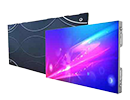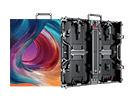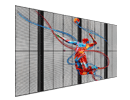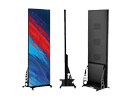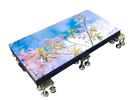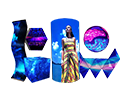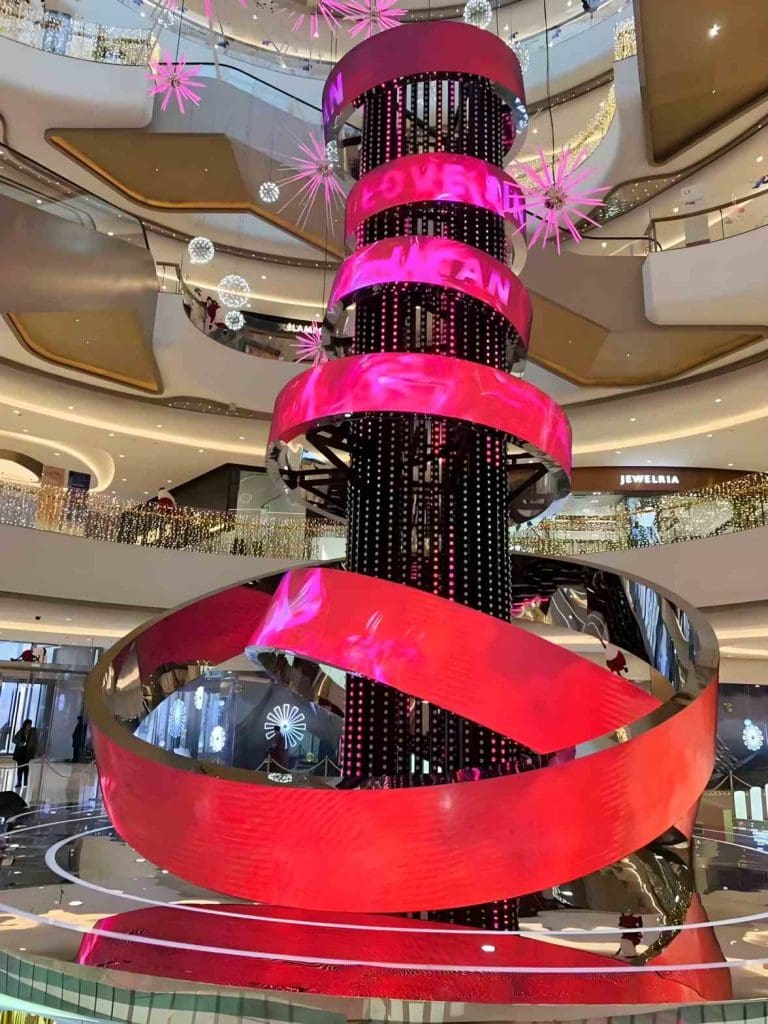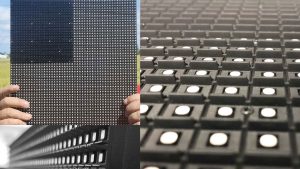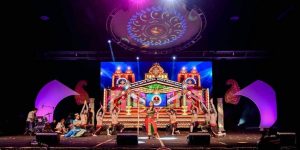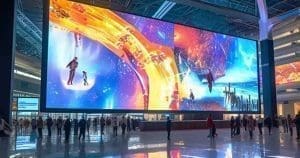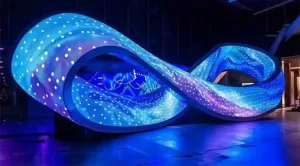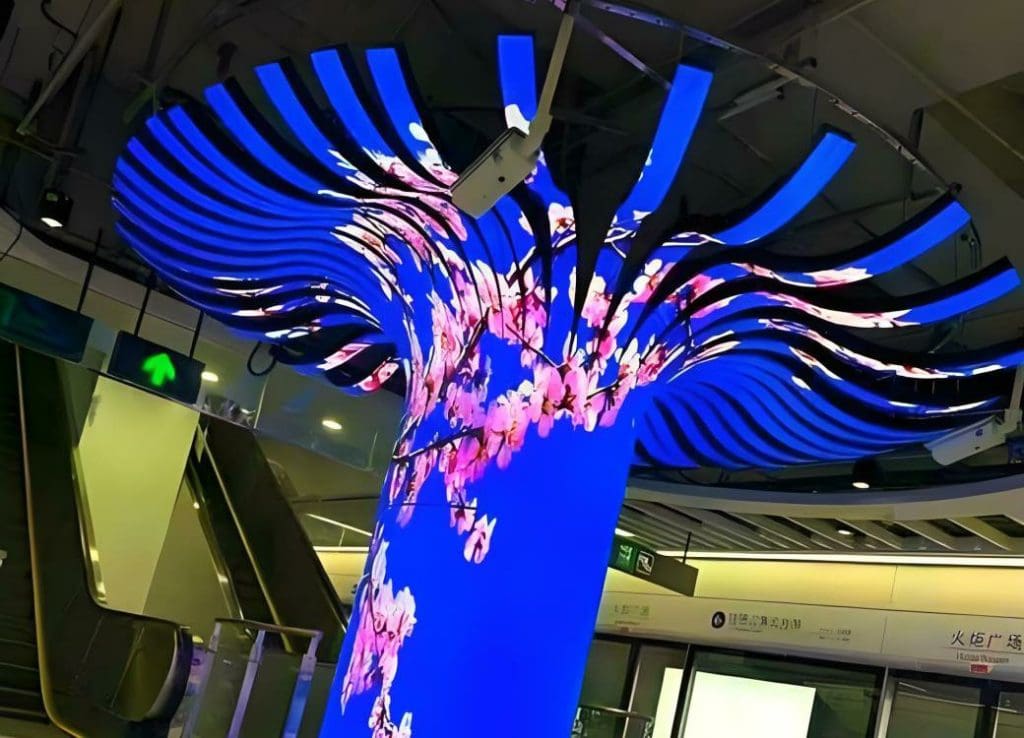
A flexible LED screen is a modern display technology made with bendable LED panels. Unlike stiff traditional screens, flexible LED displays can curve and wrap around surfaces, making them perfect for creative designs in advertising, events, and architecture. With sharp visuals, bright colors, and lightweight materials, these screens allow designers to create unique and engaging displays.
Here’s a straightforward guide to the features, benefits, uses, and costs of flexible LED screens.
What Is a Flexible LED Screen?
A flexible LED screen is made of soft, lightweight panels that can bend and adjust to different shapes. You can use them to create curved, wave-like, or even circular displays. The panels are modular, meaning they can fit together seamlessly to form screens of various sizes and layouts.
Key Features of Flexible LED Screens
1. Bendable and Lightweight
- These screens can curve into shapes like cylinders, waves, or arches.
- The lightweight design makes them easy to install on walls, ceilings, and other surfaces.
2. High-Quality Visuals
- Pixel pitch (distance between LEDs) ranges from P1.5 to P6, ensuring sharp images even on curved surfaces.
- Supports HD, 4K, and higher resolutions for clear images and videos.
3. Seamless Design
- Modular panels fit together without gaps, creating a smooth, clean display.
- Magnetic or snap-on designs make installation simple and fast.
4. Bright and Clear
- Brightness levels range from 800–5,000 nits, so the screen works well indoors or outdoors.
- Wide viewing angles let people see the screen clearly from almost any position.
5. Durable and Safe
- The panels are made with shockproof and heat-resistant materials, so they last a long time and are safe to handle.
6. Easy to Set Up
- Flexible LED screens are easy to attach with magnets, brackets, or adhesives.
- Front-access panels make maintenance quick and simple.
7. Energy Efficient
- The LED technology uses less energy, lowering operating costs and environmental impact.
Benefits of Flexible LED Screens
1. Creative Design Options
- Flexible LED screens let you create unique shapes like spirals, curves, and waves.
- Perfect for eye-catching designs in stores, venues, and public spaces.
2. Works in Many Settings
- Flexible screens can adapt to curved walls, columns, or uneven surfaces.
- Ideal for advertising, events, exhibitions, and architecture.
3. Lightweight and Portable
- Easy to transport and set up, making them great for temporary events or trade shows.
4. Saves Space
- Their thin design allows them to be mounted directly onto surfaces without bulky supports.
5. Durable for Long-Term Use
- Built to handle regular bending and twisting without breaking or losing performance.
6. Engages Audiences
- Their unique shapes and bright visuals grab attention and create memorable experiences.
Uses of Flexible LED Screens
1. Architecture and Interior Design
- Curved Walls and Ceilings: Add dynamic visuals to architectural spaces.
- Decorative Displays: Create art-like designs for hotel lobbies, malls, and offices.
2. Advertising and Branding
- Digital Signs: Wrap screens around columns or building corners to show ads.
- Store Displays: Promote products on uniquely shaped screens in retail spaces.
3. Stage and Event Designs
- Concerts: Use curved or wave-shaped screens as stage backdrops.
- Exhibitions: Display products on creative screens to stand out at trade shows.
4. Entertainment and Theme Parks
- Immersive Installations: Build interactive displays for museums or attractions.
- 360-Degree Screens: Create wraparound displays for planetariums or VR setups.
5. Transportation
- Car Interiors: Add flexible LED screens to dashboards or cabins for entertainment or information.
- Public Transport: Use curved LED screens in stations or buses for ads or schedules.
6. Sports Venues
- Stadiums: Wrap LED screens around scoreboards or stadium perimeters.
- Fan Zones: Create interactive areas for fans with curved displays.
Costs of Flexible LED Screens
The cost of a flexible LED screen depends on its size, resolution, and setup complexity.
1. Pixel Pitch
- P1.5–P2.5: High resolution for up-close viewing.
- Cost: $2,000–$4,000 per m²
- P3–P6: Standard resolution for medium to far viewing distances.
- Cost: $1,500–$3,000 per m²
2. Screen Size
Larger screens cost more due to the number of panels needed. Common sizes include:
- 10 m²: ~$15,000–$30,000
- 50 m²: ~$75,000–$150,000
- 100 m²: ~$150,000–$300,000+
3. Indoor vs. Outdoor
- Indoor Screens: Lower brightness, lower cost (~$1,500–$3,000 per m²).
- Outdoor Screens: Higher brightness and weatherproofing (~$2,500–$5,000 per m²).
4. Installation Costs
- Simple Installations: $5,000–$15,000
- Complex Installations (e.g., curved or hanging screens): $20,000–$50,000+
5. Accessories
- Media Servers: $10,000–$50,000+
- Power Supplies: $5,000–$20,000
Cost Examples
| Screen Size | Pixel Pitch | Use Case | Estimated Cost (USD) |
|---|---|---|---|
| 10 m² | P2.5 | Store display | $20,000–$30,000 |
| 50 m² | P4 | Outdoor billboard | $100,000–$150,000 |
| 100 m² | P6 | Concert stage | $200,000–$300,000+ |
Future Trends in Flexible LED Screens
1. Transparent Screens
- Flexible and transparent designs for futuristic displays.
2. Higher Resolutions
- Smaller pixel pitches (e.g., below P1.0) for ultra-HD visuals.
3. Eco-Friendly Designs
- Screens made with energy-efficient and recyclable materials.
4. Interactive Screens
- Touch-sensitive flexible screens for interactive displays.
5. AI Content Management
- AI-powered systems to optimize and automate content delivery.

